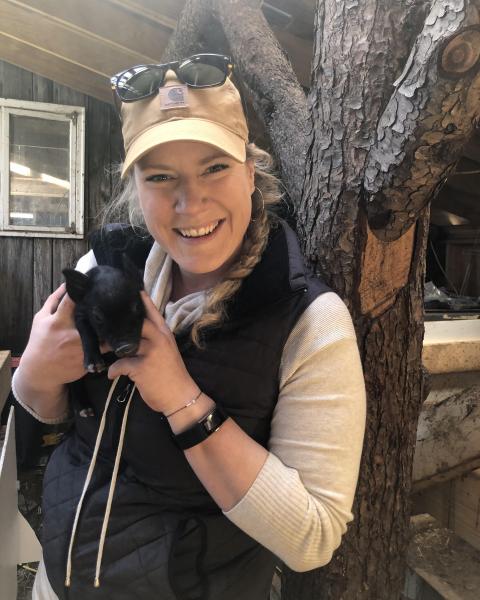Mid-Season Check-in on Record Keeping
Whether you grow produce or raise animals, the height of selling season is here for farmers in New England. With a lengthy end of summer to-do list, it’s easy to forget all those record keeping tasks you promised yourself you would do last winter. Here’s a reminder of things that are important to keep track of this time of year.
August was officially NH Eat Local Month, and farmers’ markets, farm stands, and U-Pick operations are all still buzzing with customers. While many rely on Square or other point of sale systems to track sales data, there are other costs and inputs that are important to track for future decision making:
Marketing Costs
- Materials
- Reusable plastic crates, single use boxes, signage, market tables, chairs, tablecloths, shopping bags, packaging, and labels
- Advertising
- Print and social media ads
- Brochures, stickers, and flyers
- Transport and Delivery
- Gas, time, miles
Labor Costs
Even if each member of your farm team isn’t drawing a salary, it’s important to try to keep track of labor hours per task to understand the true costs of selling in that market channel. We know this can be overwhelming to think about. Instead of trying to track labor every hour of the day, break it into manageable pieces that will help you make decisions in the coming year. How much time is each person spending on a farmers’ market or fulfilling a wholesale order? Try to track hours spent on each part of before, during, and after to get the full picture.
Farmers’ Market Example:
- Before: Harvesting for market, washing, prepping, and packing
- During: Driving to the market, set up, market hours, take down, driving home
- After: Unpacking, leftover product assessment, sales data entry, bank deposit
Even if you didn’t keep good records on these things at the start of the season, all is not lost! There is still a huge benefit to having a “snapshot” of one or two months to make decisions on for next year. If you know how long it took to get tomatoes from the field to a restaurant wholesale account in August, you can use that data to make a best guess at what that means for the whole year. Having that data can help you set that wholesale tomato price for next year.
There’s an App for That
Many farmers are using smartphone apps to help streamline their labor-related record keeping. Apps like Toggl, HoursTracker, Beet Clock, Time Station, Buddypunch, Clockify, and T-Sheets are all made for tracking tasks and time spent. Other farms skip the apps and create their own templates in Google Sheets or Excel. No matter the tracking method you choose, set reminders for yourself or your employees until record keeping becomes a habit.
Extension Services & Tools That Help NH Farmers Grow
Newsletters: Choose from our many newsletters for production agriculture
Receive Pest Text Alerts - Text UNHIPM to (866) 645-7010



